If you’ve ever had a summer roll from a Vietnamese restaurant, you’ve eaten a rice paper rolled with pork, prawns and vermicelli and mixed salad with peanut sauce. Rice paper is one of Vietnam’s most versatile foods that can be filled with whatever you can think of.
You
may wonder how to tackle making rice paper from scratch, and it seems like an
easy task as just a few simple ingredients - rice, water, and salt are
involved. However, you may want to think again after reading how rice paper is
made at one of the biggest rice paper production hubs in the South of Vietnam.
Lying
beside the Vam Co Tay river in Long An province, 100km from Ho Chi Minh city,
Nhon Hoa rice paper village boasts decades of making banh trang (rice paper or
rice wrappers), an edible Vietnamese wrapper used in Vietnamese cuisine,
primarily in finger foods and appetizers such as Vietnamese nem (summer roll)
dishes.
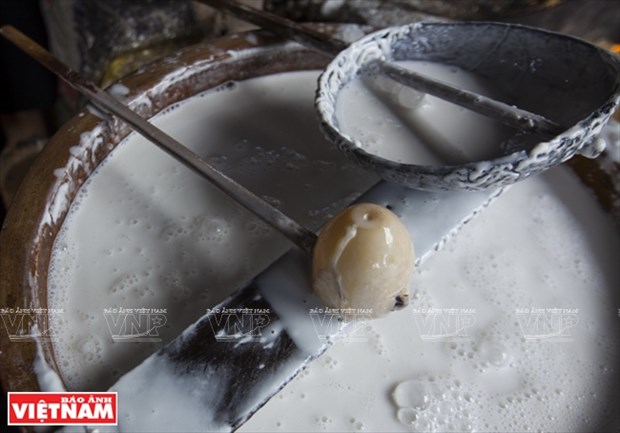
Rice is soaked in water for days in order to make soft and tasty rice paper.
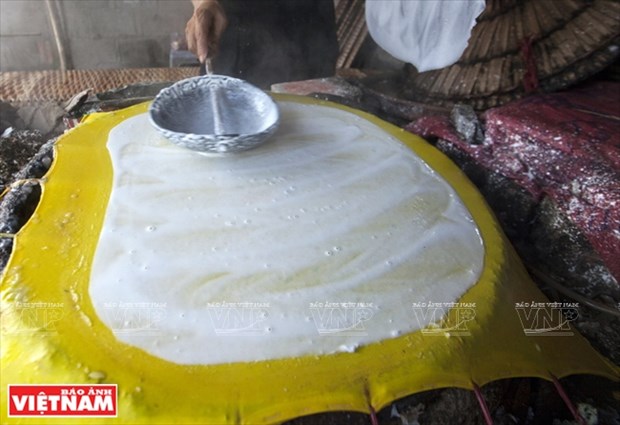
The pouring process.

Traditional rice paper production creates hundreds of job for the localities.
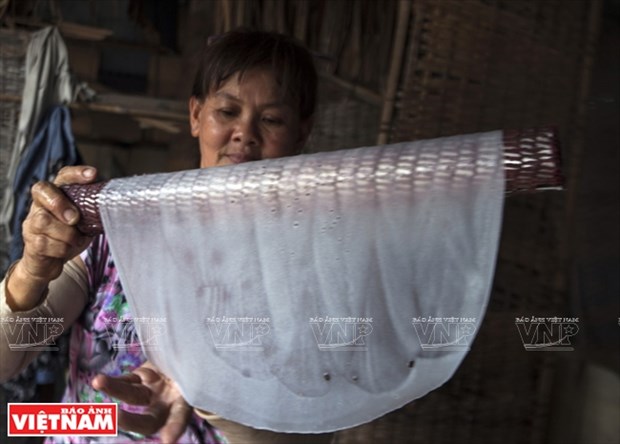
The traditional craft of making banh trang has a hundred years of history.
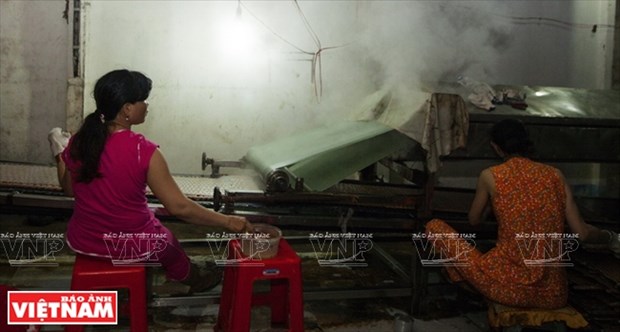
Banh trang producers in Nhon Hoa invested in modern machines and equipment in a bid to increase production output.
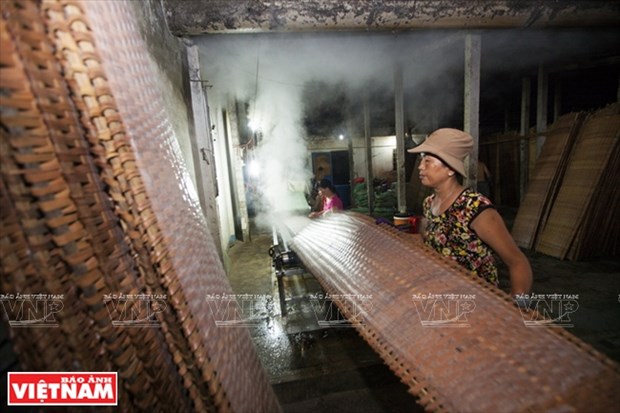
Production begins at 2am and finishes at 5am.

The drying process needs a strict timing of exposure.
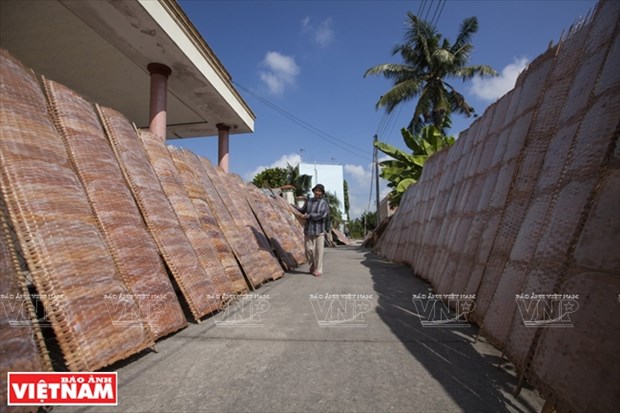
If the sun is too hot, drying time should not exceed five minutes to avoid over drying.
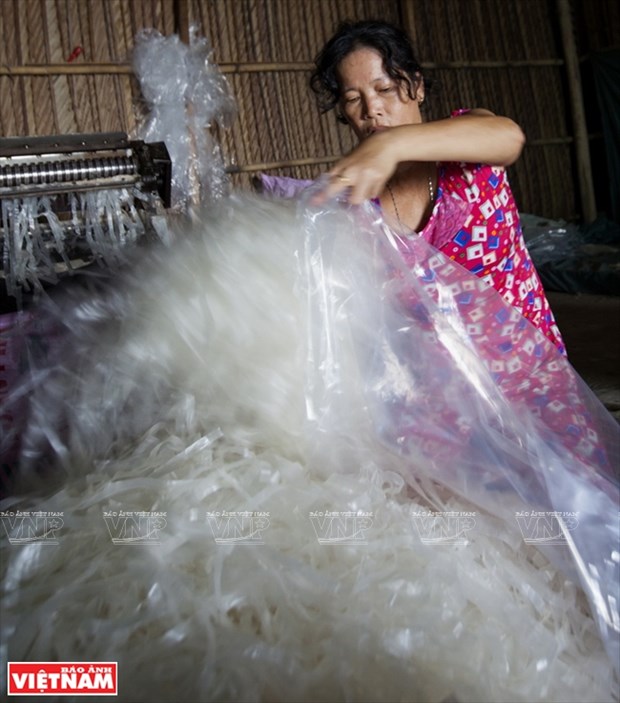
Cutting and packing banh trang.
Villagers
said besides the traditional know-how of production, there are two decisive
factors for the quality of Nhon Hoa’s banh trang; the year-round sunshine in
the local areas (relating to the drying process) and the freshness of local
wells (to ensure the taste of the product).
We
observed a banh trang producer in a small hamlet in Nhon Hoa. Huynh Thi Rang,
who is 56 years old, and said she has 40 years of experience in making banh
trang after inheriting traditional know-how from her mother and grandmother.
“After
soaking 24 hours in water sourced from local wells, the rice will be further
soaked for the next three nights while the sour liquid from rice will be
separated regularly to ensure the soft and tasty of banh trang,” Rang said.
She
said the most difficult process is pouring the rice starch into flat winnowing
baskets which will form the appearance of banh trang sheets. The resulting rice
sheet is then steamed for about 30 to 45 seconds.
The
cooked rice paper then will be transferred to a drying rack made from bamboo.
To dry the cooked rice sheets into rice paper, the racks are brought outside
and placed under the hot sun for a day.
According
to Rang, if the sunshine is too hot, the banh trang sheet should be dried for 5
minutes only in order to avoid breaking of the sheet. In the late afternoon, at
about 5pm, the rice sheets should be transferred outdoors to dry again in a
process called “dew drying” before being packed for sale.
In
recent years, banh trang producers in Nhon Hoa invested in modern machines and
equipment in a bid to increase production output. Most of the producers start production at 2am
and finish at 5am. As each producer can produce an average of 24,000 sheets of
banh trang, they could earn an income of some 12 million dong (530 US dollars)
per day.
Story:
Nguyen Vu Thanh Dat
Photos: Thong Hai
By VNA